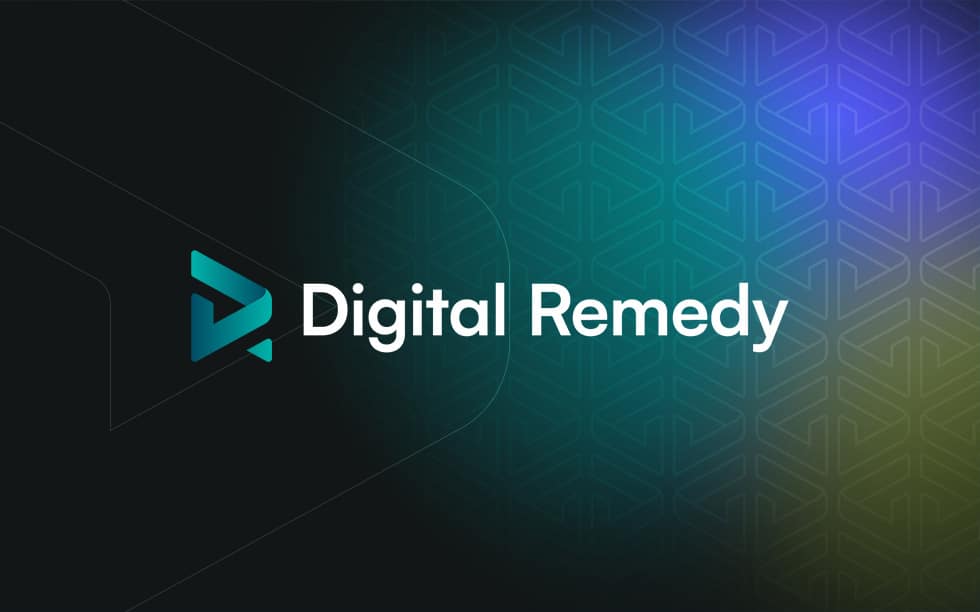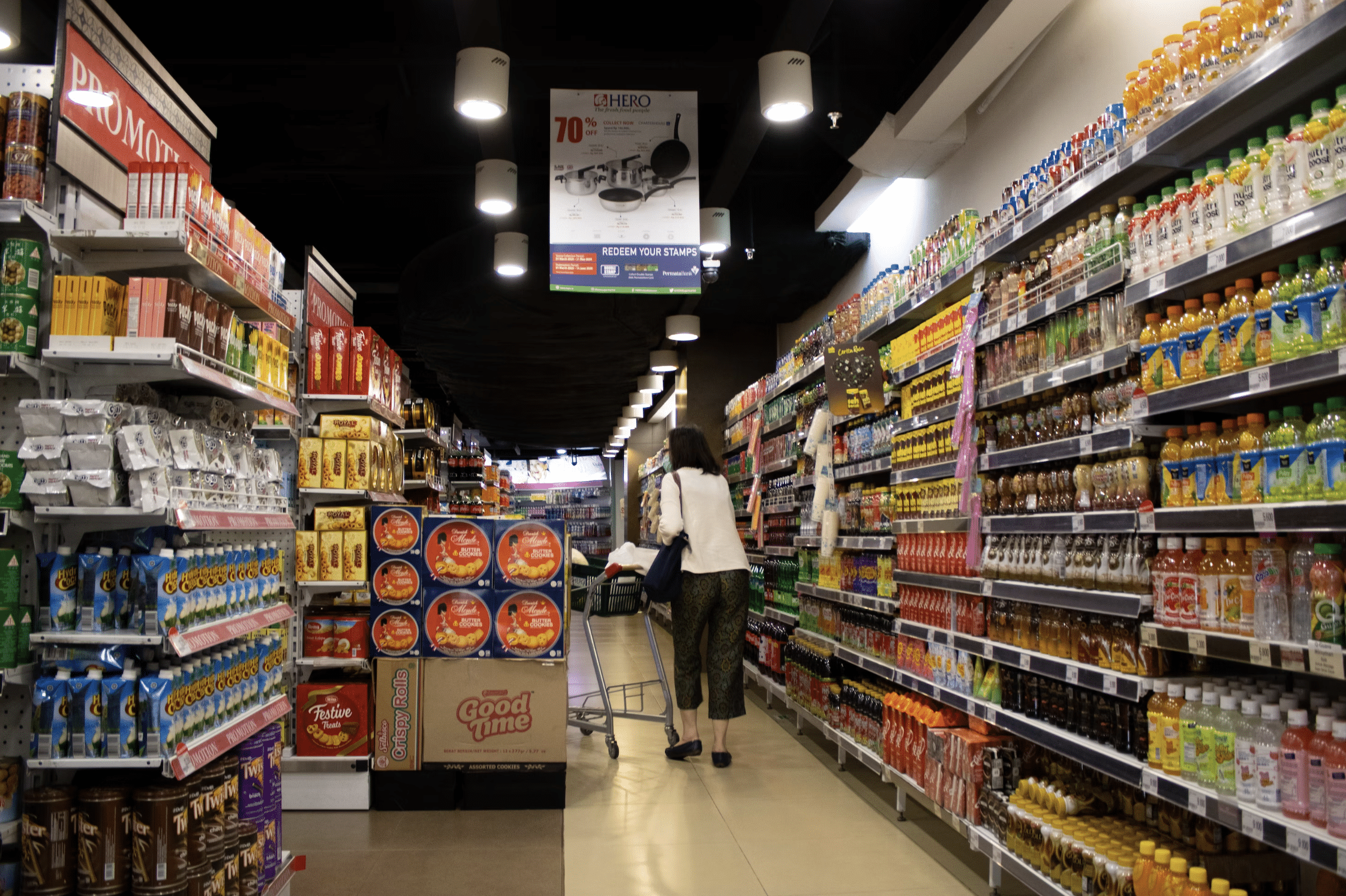Mar 30, 2021
In recent years, market interest has gradually shifted towards direct-to-consumer (DTC) brands. Stay-at-home orders and declines in in-store shopping caused by the pandemic significantly accelerating these shifts. Operating relatively few retail stores and already having an active online presence, many DTC brands were uniquely positioned to weather disruptions caused by the cross-industry impact of COVID-19….

In recent years, market interest has gradually shifted towards direct-to-consumer (DTC) brands. Stay-at-home orders and declines in in-store shopping caused by the pandemic significantly accelerating these shifts. Operating relatively few retail stores and already having an active online presence, many DTC brands were uniquely positioned to weather disruptions caused by the cross-industry impact of COVID-19. With DTC, consumers usually come for the convenience but ultimately stay for the value and experience.
One thing is certain, ecommerce is definitely having a moment. U.S. consumers have spent an extra $183b online—equivalent to an entire holiday shopping season—during the pandemic so far. In fact, 2022 may be the first-ever trillion-dollar year in U.S. ecommerce.
But how can DTC brands keep this momentum going post-pandemic?
Last year, retailers were forced to rework their operational, merchandising, and marketing strategies to align with changing consumer shopping habits. Consumers can now research brands and make more conscientious, informed buying decisions. With more choice in products and purchasing options than ever before, brands now have greater pressure to meet the needs of their consumers, and stand out in the crowd to effectively connect with them.
The transition to digital that has transformed many businesses in the last two decades hit hyperdrive last year. By the time stores reopen and a new normal emerges, these new digital-focused preferences will not only be a habit, but an expectation. Brands need to evolve into this new retail environment. Now is the time for brands to invest in the combination of consumer behavioral change and technology acceleration, the key drivers shaping the future of the retail industry.
By investing efforts into expanding their offerings, digital presence, and marketing impact, DTC brands can ensure that customers remain engaged and loyal—both online and offine. Many traditional companies are looking to position themselves to take advantage of the growth in online shopping. For example, CPG giants like PepsiCo, Kraft, Heinz, and Nestle have recently established DTC channels to get their brands directly in the hands of consumers.
Ecommerce has become a top priority for many brands. Nearly half of U.S. retail CFOs said they are pursuing digital transformation in 2021 and much of that has already been underway for most of 2020. For example, 51% of respondents increased their ecommerce investments in the past six months and 64% said they plan to invest in the next six months.

The boundaries between the digital and physical shopping experiences are converging. The pandemic catapulted frictionless, contactless experiences—and consumers’ expectations—years into the future. The main focus for retailers moving forward will be how to evolve in-store experiences in a post-pandemic environment. Omnichannel features and experiences will present new life to brands with physical stores and allow businesses to take advantage of proximity to local consumers. This shift in focus will require a more detailed approach to attribution to measure all consumer engagement touchpoints (both in-store and online) and fully understand the effectiveness of this new hybrid shopping experience.
The DTC space has unique advantages and challenges that brands face. By cutting out any middlemen, DTC brands create a more direct relationship with their suppliers and can bring better quality products at lower price-points to their consumers. However, DTC brands need to continuously work to create value for shoppers. Given the high turnover rate in the space, DTC brands often strive to re-engage ex-customers and keep them in the funnel. This becomes difficult for brands with limited resources and capabilities and often requires creative targeting tactics and access to high-quality inventory sources to make an impact.
Digitally native brands will continue to adapt and evolve in the year ahead. In order to stay competitive in the rapidly-changing, increasingly-crowded space, DTC brands will need to establish strategic partnerships, utilize innovative digital media offerings to connect with the right audience, and leverage consumer data to make the most of their marketing efforts.
Similar to how DTC brands focus product offerings and marketing efforts on their customer pain points, Digital Remedy has developed our solutions with the main goal of making the daily media operations of our clients easier and stress-free. Our innovative solutions can help DTC brands unlock the full potential of their campaigns by providing the most engaging platforms and targeting tactics to effectively reach and resonate with their consumers. Digital Remedy solutions address the top needs of DTC brands, including:
DTC brands are focused, nimble, and agile by nature. Following the pandemic, brands that are able to quickly adjust their marketing strategies to address changing circumstances will be at an advantage, especially at a time when no one quite knows what will come next.
How Digital Remedy Can Help: AdReady+ allows advertisers and agencies of all sizes with the flexibility to make changes to their media plans on the fly. The platform also provides personalized media recommendations based on your industry, goals, and budget by leveraging our full product portfolio. With AdReady+, DTC brands can create more intelligent media plans and make the most of their advertising dollars across different channels.
Conversions can be difficult to nail down. DTC is notorious for its high consumer turnover. Although brands often provide free trials or other enticing offers, many shoppers tend to cancel after the free trial period ends. The long-term customer can be an elusive relationship for many online businesses and many brands struggle with gaps in their sales funnel.
How Digital Remedy Can Help: The Flip OTT solution optimizes campaigns in real-time—pinpointing exactly where actions are coming from by tracking impressions (aka ad views) to conversions (aka physical results), whether it is an app install, site visit, cart amount/site purchase, or in-store visit—providing brands with deeper insight, transparency into campaign performance, and most importantly, a full view of their consumer journey. Bottom line? Better measurement data, better insights, better campaigns.
Given the on-going shifts in media consumption and purchasing behavior, keeping consumers engaged in an ever-crowded and competitive landscape has become increasingly difficult. Building an online presence requires constant trial and error, as well as significant time and dedication. Shoppers are gravitating more towards innovative brands that build authentic connections and boast the same values that they do. DTC brands need to communicate their values and differentiators, and reach their consumers in the right setting to establish a meaningful connection with them.
How Digital Remedy Can Help: Consumers want relevancy in the ads they see. By leveraging Flip, DTC brands can ensure that their messaging is being delivered to the right audience, at the right time, in the right mindset—driving action among audiences by effectively resonating with them. Flip provides valuable insight regarding what’s working in their ad campaigns and what needs to pivot, optimizing budget towards overperforming variables in order to eliminate any wasted impressions.

To stay updated on more industry trends and insights, be sure to follow Digital Remedy on Twitter, LinkedIn, and Instagram.
Sources:
1. Adweek, “Americans Bought So Much Stu! Online Last Year, It Was Basically Another Holiday Season”
2. EMarketer, March 8, 2021, “Retailers plan to increase investments across digital channels as many solidify their omnichannel plans”
Related Posts

In today’s ever-evolving digital landscape, effective marketing strategies demand innovation and precision. YouTube TV advertising has emerged as a.

The consumer packaged goods (CPG) industry is elbowing through a tight market. Between pressing supply chain challenges, shifting shopper.

The age-old maxim of “think globally, act locally” isn’t just embraced by marketers for local mom-and-pop businesses. Today, massive.